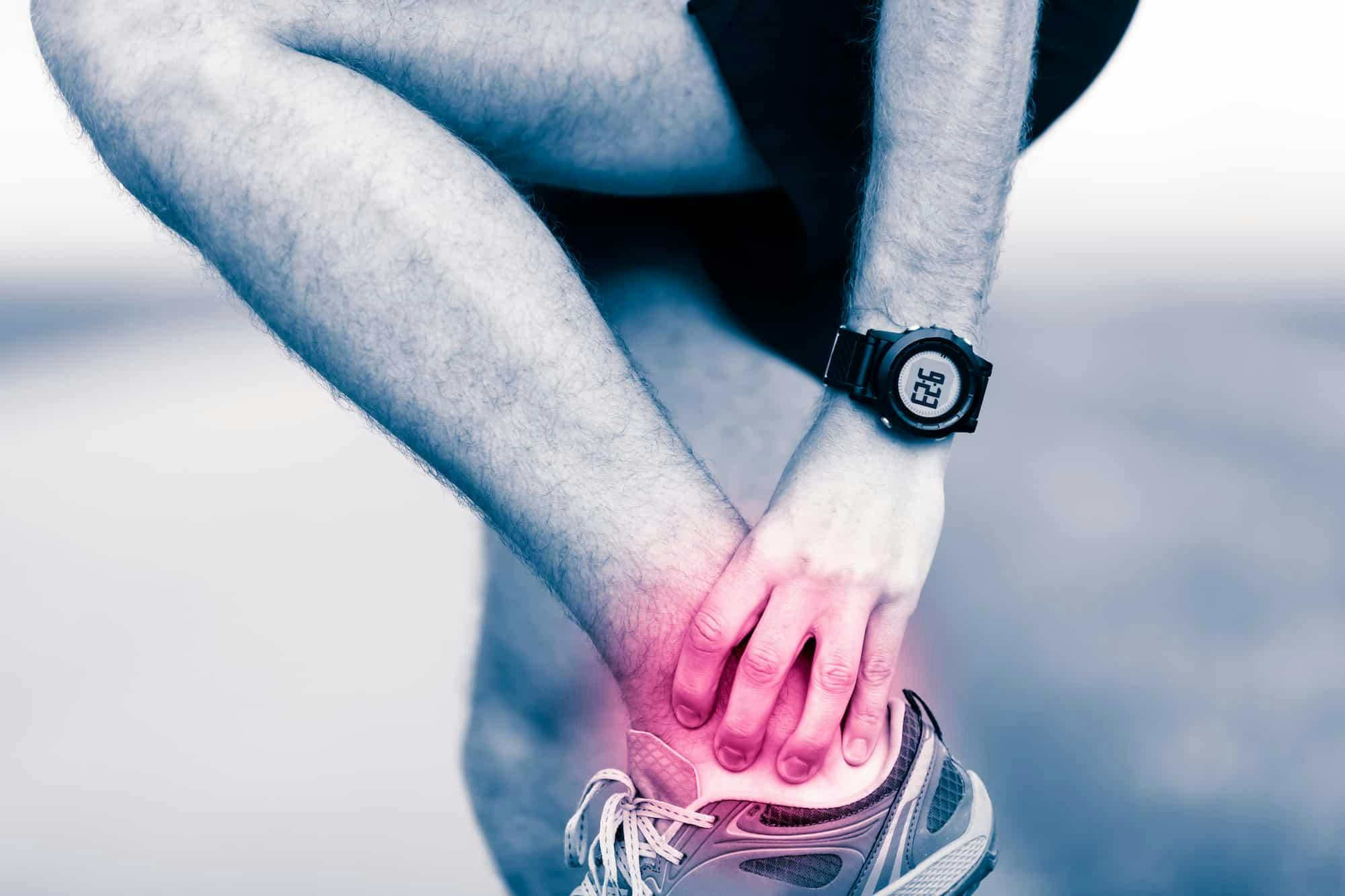- Blog
4 Tips for Preventing Shoulder Injuries in CrossFit
Posted on 12-16-2025 in Shoulder by Dr. Chris O'Grady

Posted on 12-16-2025 in Shoulder by Dr. Chris O'Grady
Individuals who choose to incorporate CrossFit into their lifestyle perform a variety of exercises. The objective of the CrossFit program is to improve respiratory and cardiovascular endurance, flexibility, mobility, strength, power, stamina, agility, speed, balance, and coordination.
CrossFit Routines Can Put Stress on many joints, especially the Shoulder
Some of the exercises included in CrossFit routines can place the shoulder in positions that put stress on the vital structures within the joint. Dr. Christopher O’Grady encourages his patients to participate in CrossFit because he believes that it is one of the best modes of exercise available; however, Dr. O’Grady wants his patients to know the potential issues that can arise when an individual neglects to adhere to proper technique while performing resistance exercises.
Some of the common exercises that cause problems are pull ups, clean and jerk, dips, muscle ups, or any repetitive overhead lifting.
Rotator Cuff Tears and Subacromial Impingement Syndrome
These are some of the most common shoulder conditions that Dr. O’Grady treats. They occur when there is a sudden trauma causing tearing of the rotator cuff or of other structures located within the subacromial space. Tissues also become irritated and inflamed with overuse.
There are several reasons this occurs, some of the more common reasons include:
When issues such as these arise, the scapula tilts and closes the subacromial space.
1. Integrate Mobility and Stretching into Workouts
When an individual integrates mobility and stretching into his or her workouts, flexibility improves. Improved flexibility allows for an individual to use the correct techniques while working out. Using good technique during CrossFit training reduces the likelihood of sustaining an injury.
It is important to understand that most CrossFit injuries happen because of poor technique. As the athlete fatigues and tries to push through the last few repetitions of an exercise, form can break down and injuries occur. It is imperative to understand the proper way to perform each exercise and to know when your form is breaking down. More is not better if the exercise is not executed correctly.
2. Improve Scapular Stabilizing Muscles and the Strength of the Rotator Cuff
Mobility precedes stability, which is why tissue work must be done on the neck, thoracic spine and shoulder prior to stabilization. There are four muscles that make up the rotator cuff. Although these muscles are small, they are responsible for the majority of the shoulder's stability. The remaining stability comes from the shoulder’s ligamentous capsule.
Shoulder instability can lead to a variety of problems, including pain that occurs:
While the rotator cuff does not generate a lot of force, it does refine and direct the forces produced by the large muscles; thus, allowing for pain-free movement.
Exercises to Strengthen the Rotator Cuff
To strengthen the rotator cuff, prior to beginning a CrossFit routine, individuals should take 3 minutes during a warm-up to perform some simple band exercises. Click here to read our blog, "5 Exercises to Prevent Shoulder Injuries." These should be done with very light resistance and high repetitions. Using heavy weights will stimulate the larger muscle groups, bypassing the rotator cuff and not allowing for proper warm up.
3. Improve Posture and Scapular Positioning
One of the biggest risk factors related to musculoskeletal conditions and injuries is poor posture. The majority of us walk with our heads forward and shoulders rounded toward the ground. This posture causes a decrease in the mobility of the shoulders, cervical and thoracic areas of the body.
Solving Poor Posture and Scapula Positioning
There are simple ways that individuals can solve this problem. One of the easiest is to get up to stretch and walk around throughout the day. Focus on performing stretches that are designed to relax the mid back, neck and pectoral muscles. All of these movements need to concentrate on aligning the neck, lowering the shoulders and pushing them backward. Other issues that can cause poor posture are improper nutrition and dehydration. A lack of water and nutrients can cause the muscles to become tight, which leads to soreness and a decrease in performance.
4. Avoid Painful Exercises and Overuse
Listening to the body is key in the prevention of injuries. When the body hurts, it is hurting for a reason. Discontinue that particular exercise and choose an alternative exercise that will not aggravate the affected area.
Overuse injuries are common because athletes involved in CrossFit tend to have the competitive drive to push themselves. The sense of accomplishment one gets from finishing a demanding set of exercises can be erased by the pain of an overuse injury that will ultimately set the athlete back from continuing to exercise at all. However, shoulder overuse can be avoided.
Common overuse injuries:
Shoulder strains – a shoulder strain frequently occurs when an individual combines too heavy of a load with poor technique and too much volume.
A torn labrum – surgical intervention is necessary to fix a torn labrum. Furthermore, rehabilitation can be slow. Strengthening the rotator cuff and avoiding overuse can help prevent this injury.
Dr. Christopher O'Grady is a Board Certified Orthopaedic surgeon in Gulf Breeze, Fla., who specializes in treating conditions and injuries related to the shoulder. If you or someone you care about has sustained an injury to the shoulder, seeking treatment from an experienced Orthopaedic surgeon promptly is essential. Contact North Florida Bone & Joint Specialists today so we can help you recover and return to the activities you enjoy.

With summer in full swing and children taking advantage of more time to participate in sports-related or other outdoor activities, it’s essential to be mindful of injury prevention while encouraging their interest in activities that don’t involve screen time!

May is National Arthritis Awareness Month, and of the more than 100 forms of this painful condition, many can affect the ankle. In fact, almost half of people in their 60s and 70s have arthritis of the foot and/or ankle, but not all of them have symptoms.

Springtime in North Florida is the perfect season for gardening, but hours spent planting, pruning, and digging can take a toll on your body. At North Florida Bone & Joint Specialists, we often see patients with gardening-related injuries affecting the hands, upper extremities, shoulders, and knees. Whether you're a weekend hobbyist or an avid green thumb, practicing proper ergonomics can help ensure you stay injury-free while you enjoy your time outdoors.